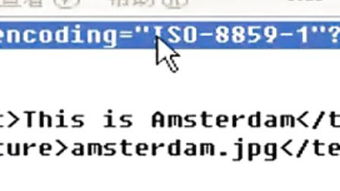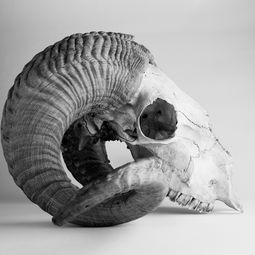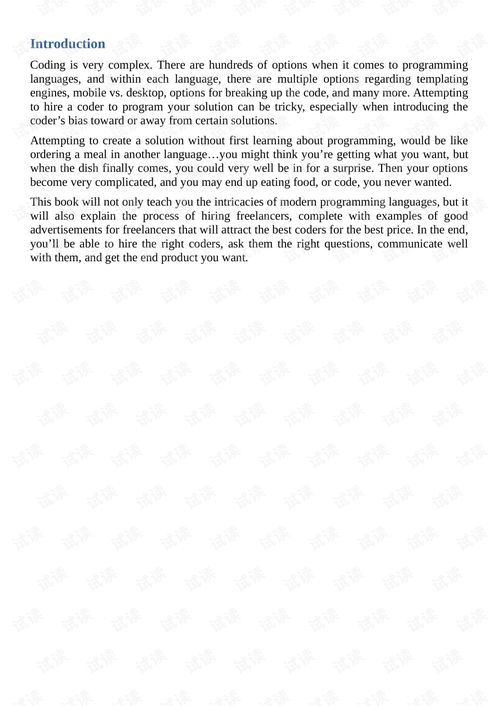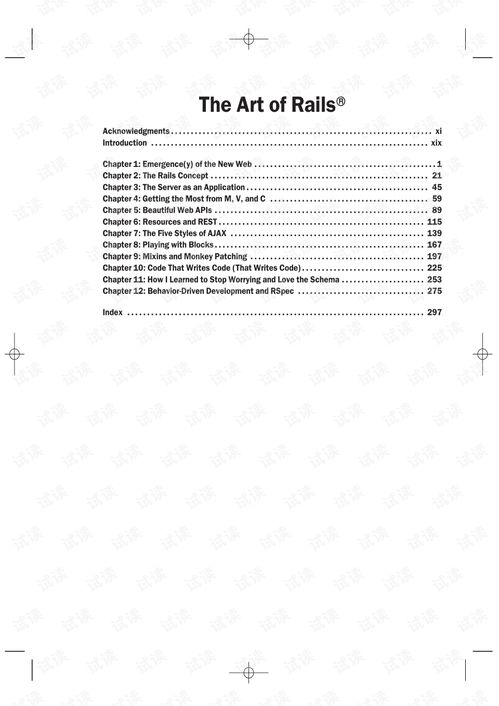Introduction:
Bait fishing, an age-old tradition, continues to captivate anglers around the world. One of the most crucial aspects of successful bait fishing is mastering the art of tackle adjustment. This article delves into the ultimate guide to bait fishing, offering a comprehensive list of techniques to help you fine-tune your bait setup and increase your chances of landing that big catch. Whether you're a seasoned angler or a beginner, these tips will enhance your fishing experience and improve your skills.
Choosing the Right Bait:
The first step in mastering bait fishing is selecting the appropriate bait. Different fish species prefer different types of bait, so it's essential to research the species you're targeting. Common bait options include worms, leeches, minnows, and lures. Here's a quick rundown of the best baits for various fish species:
- Largemouth Bass: Live or artificial worms, leeches, and crayfish.
- Smallmouth Bass: Minnows, leeches, and artificial lures.
- Crappie: Minnows, jigs, and small spoons.
- Catfish: Nightcrawlers, chicken liver, and stink bait.
Selecting the Right Gear:
The type of gear you use can significantly impact your fishing success. Here's a breakdown of the essential equipment for bait fishing:
- Rod and Reel: Choose a rod and reel combo suitable for the fish species and the type of bait you're using. A medium-heavy action rod with a spinning reel is a versatile choice for most bait fishing scenarios.
- Line: Use monofilament line for its flexibility and ease of casting. The line thickness should match the rod and reel strength. For example, a 6- to 8-pound test line is ideal for bass fishing.
- Leader: A leader of 12 to 18 inches long with a monofilament or fluorocarbon material is recommended to protect your main line from abrasive substrates and sharp hooks.
- Hooks: Select hooks that match the size of your bait and the fish species you're targeting. For instance, a size 6 hook is suitable for bass, while a size 2-4 hook is ideal for catfish.
Bait Presentation Techniques:
Once you have the right gear and bait, it's time to focus on your bait presentation techniques. Here are some essential tips:
- Natural Presentation: Let your bait drift naturally in the water. Avoid twitching or moving the bait too much, as this can spook fish.
- Worm Rigging: For worms, a Texas rig or Carolina rig is effective. Attach the hook through the worm's middle and slide it up to the hook eye to create a natural presentation.
- Leech Rigging: For leeches, use a straight worm hook and thread the leech through the middle. Slide the hook up to the eye and let the leech hang down naturally.
- Minnow Rigging: Attach a minnow to a hook with a small split ring and allow it to swim freely in the water.
Tackle Adjustment Techniques:
Adjusting your tackle is a crucial step in ensuring your bait presentation is effective. Here are some key adjustment techniques:
- Bait Weight: Adjust the weight of your bait to match the water conditions. In clear water, use lighter baits to avoid spooking fish, while heavier baits are better in murky water.
- Hook Size: Ensure the hook size matches the bait size. A larger hook can damage smaller baits, while a smaller hook may not hold larger baits securely.
- Leader Length: Experiment with different leader lengths to find the sweet spot for your specific fishing scenario. A longer leader can help you fish in deeper water or around more obstacles.
- Hook Position: Adjust the position of the hook relative to the bait. For example, a hook positioned just behind the bait can create a more natural swimming action.
Reading the Bait:

A keen eye for reading your bait can significantly improve your fishing success. Here are some tips:
- Hook Action: Observe how your bait moves in the water. Adjust your rod position and retrieve speed to maintain a natural swimming action.
- Bait Submersion: Pay attention to how much of your bait is submerged. Adjust the weight of your bait or the rod position to achieve the desired depth.
- Reaction to Current: If you're fishing in a river or stream, adjust your bait presentation to account for the current's strength and direction.
Conclusion:
Mastering the art of tackle adjustment is essential for successful bait fishing. By selecting the right bait, gear, and presentation techniques, and by paying close attention to your bait's behavior, you can significantly increase your chances of landing that big catch. With practice and patience, you'll become a skilled bait fisherman who can handle any fishing situation with confidence. Happy fishing!












